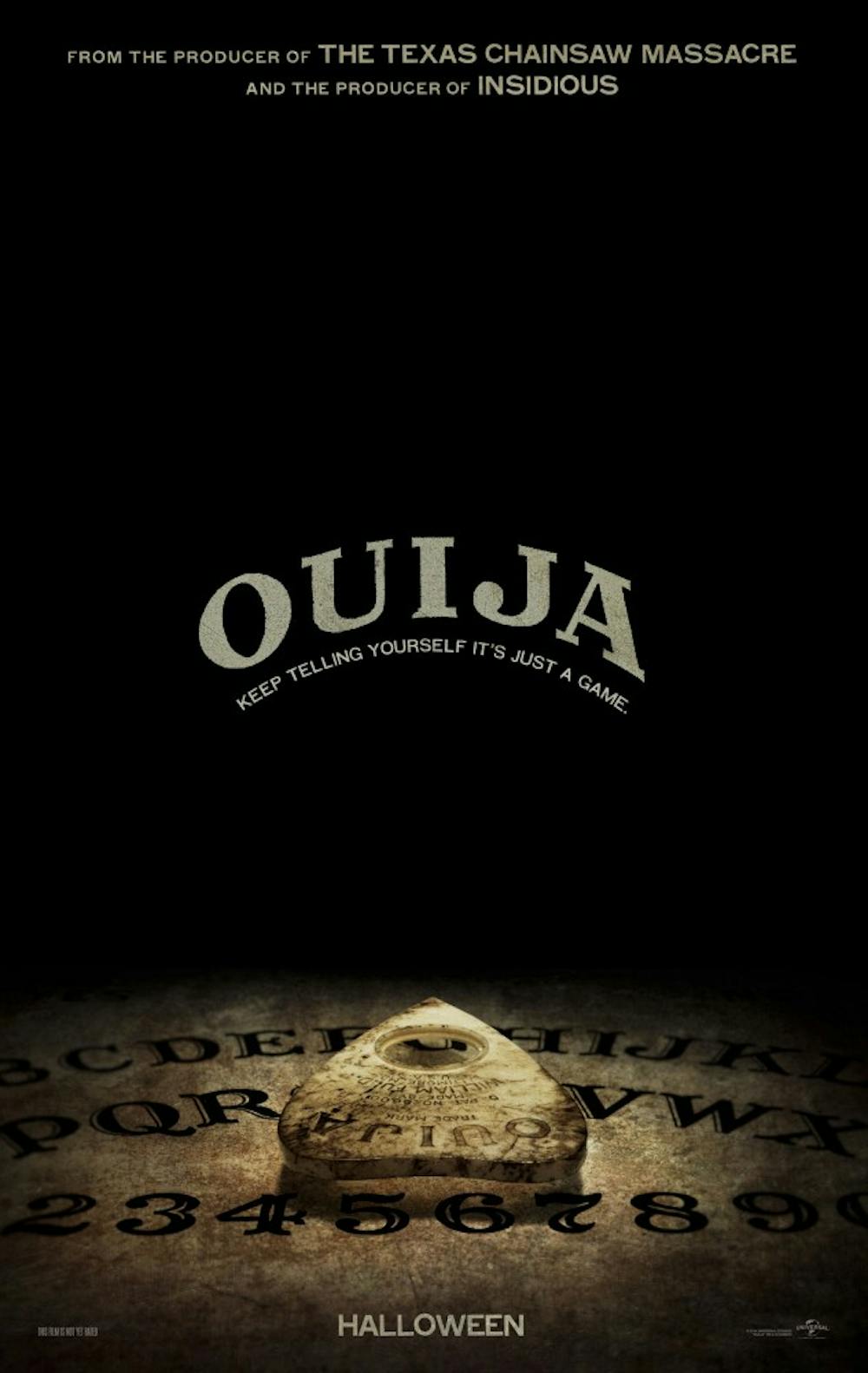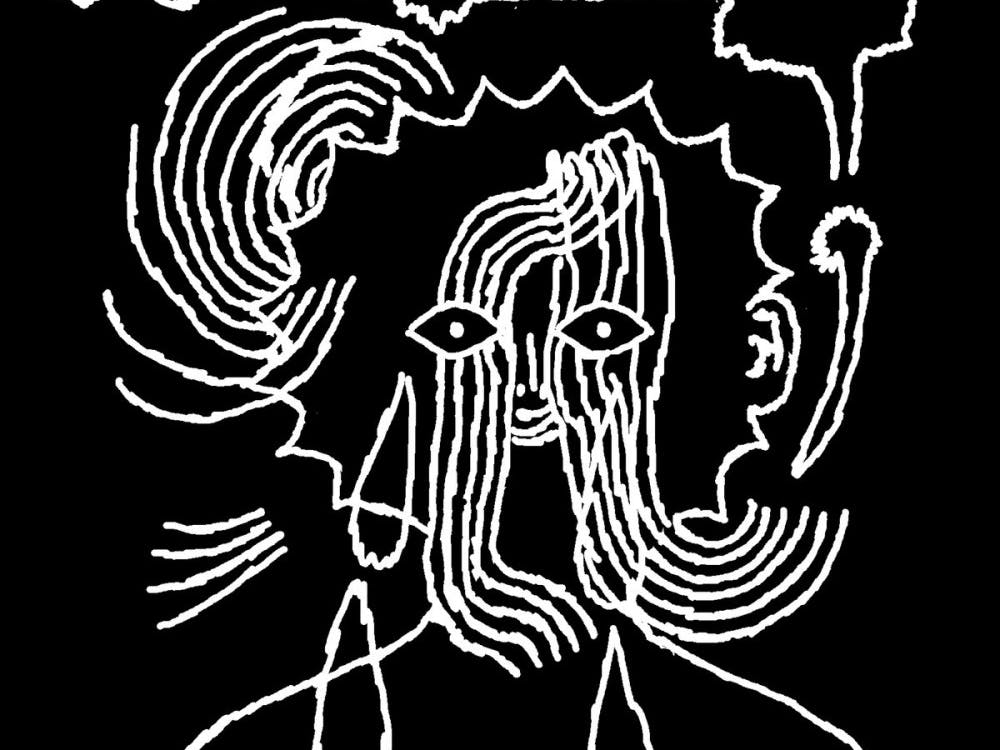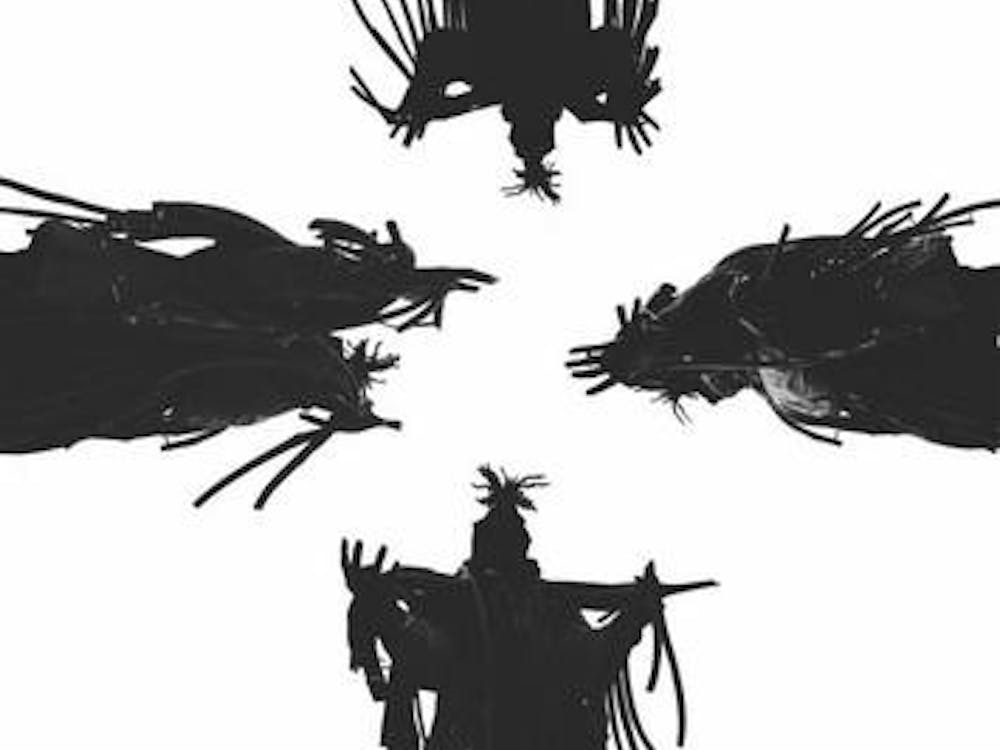“Ouija” is an old dog that, apparently, could not be taught new tricks. Stiles White’s horror flick based on the classic sleepover ritual manages fright after fright, but only because the film is upheld almost entirely by uncomfortably familiar pop-outs and surprises.
The scares begin when Debbie (Shelley Hennig) discovers an old Ouija board in her attic and unintentionally summons an evil spirit who forces her to commit suicide. Her best friend, Laine (Olivia Cooke), is skeptical of Debbie’s death and convinces her friends to use the Ouija board to contact Debbie. The friends accidentally conjure the same malevolent supernatural force Debbie did and are forced to endure its wrath until they find a way to break the connection.
The movie’s premise is promising, but its execution does not live up to viewers’ expectations — at least for those looking forward to a film about a truly creepy encounter with a spirit board. Instead, the plot of “Ouija” serves as a platform for overused horror movie stereotypes.
One clichéd example involves a shot of a girl looking in a mirror and flossing. The camera moves away from the girl, moves back, and the girl’s image is grotesquely distorted. Ahhh — scary! And old.
The mirror scene is all too familiar to horror movie audiences, and the scene's predictability greatly diminishes its scare factor. Flashes of old black and white portrait-style family photographs make multiple appearances, adding to the array of horror movie clichés.
Most other scenes in “Ouija” are no different, leaving little room for plot or character development in favor of predictable and repeated horror movie tropes.
What character development there was, particularly for the protagonist, Laine, was a bit puzzling. She struggles to accept Debbie's passing, but when her other friends are killed off one-by-one, she seems strangely unfazed (a little upset, admittedly, but not so much so as to deter her from attending school or pursuing the mystery of the Ouija board). This discontinuity is irritating and makes it difficult to enjoy the broader implications of the film.
An object like a Ouija board presents an opportunity for a truly twisted, eerie tale, but the movie’s backstory is lacking. Ultimately, “Ouija” carries little weight in terms of real, heart-clenching, bone-chilling fear.
Perhaps, though, this isn’t all bad: many of the sudden scares in the movie manage to elicit a quick gasp from audience members, followed by an embarrassed and relieved chuckle. For faint of heart horror-movie-goers, “Ouija” may be the perfect thriller for Halloween night. Those searching for a movie provoking a deeper fear, however, are better off leaving “Ouija” on the shelf.





